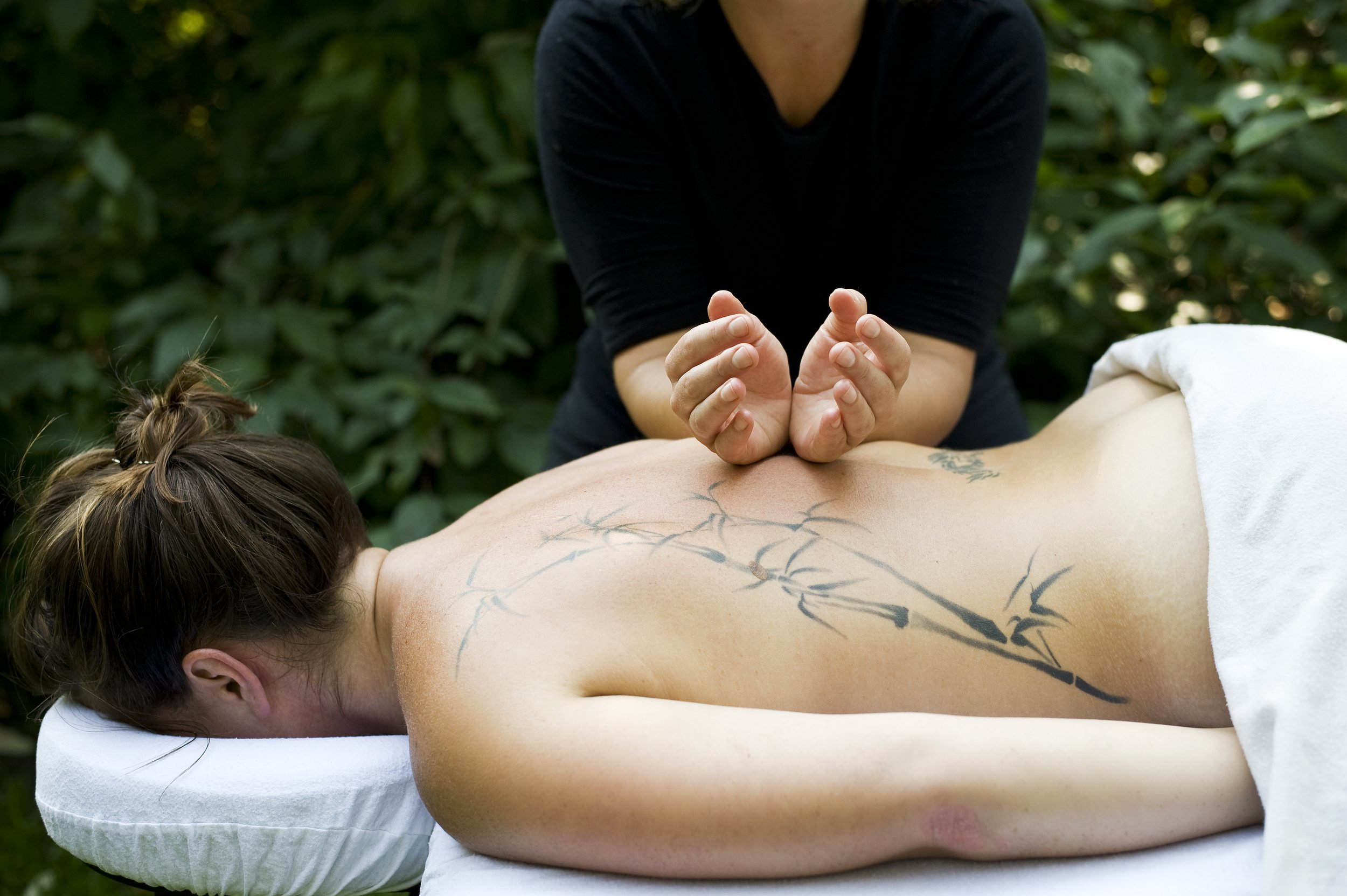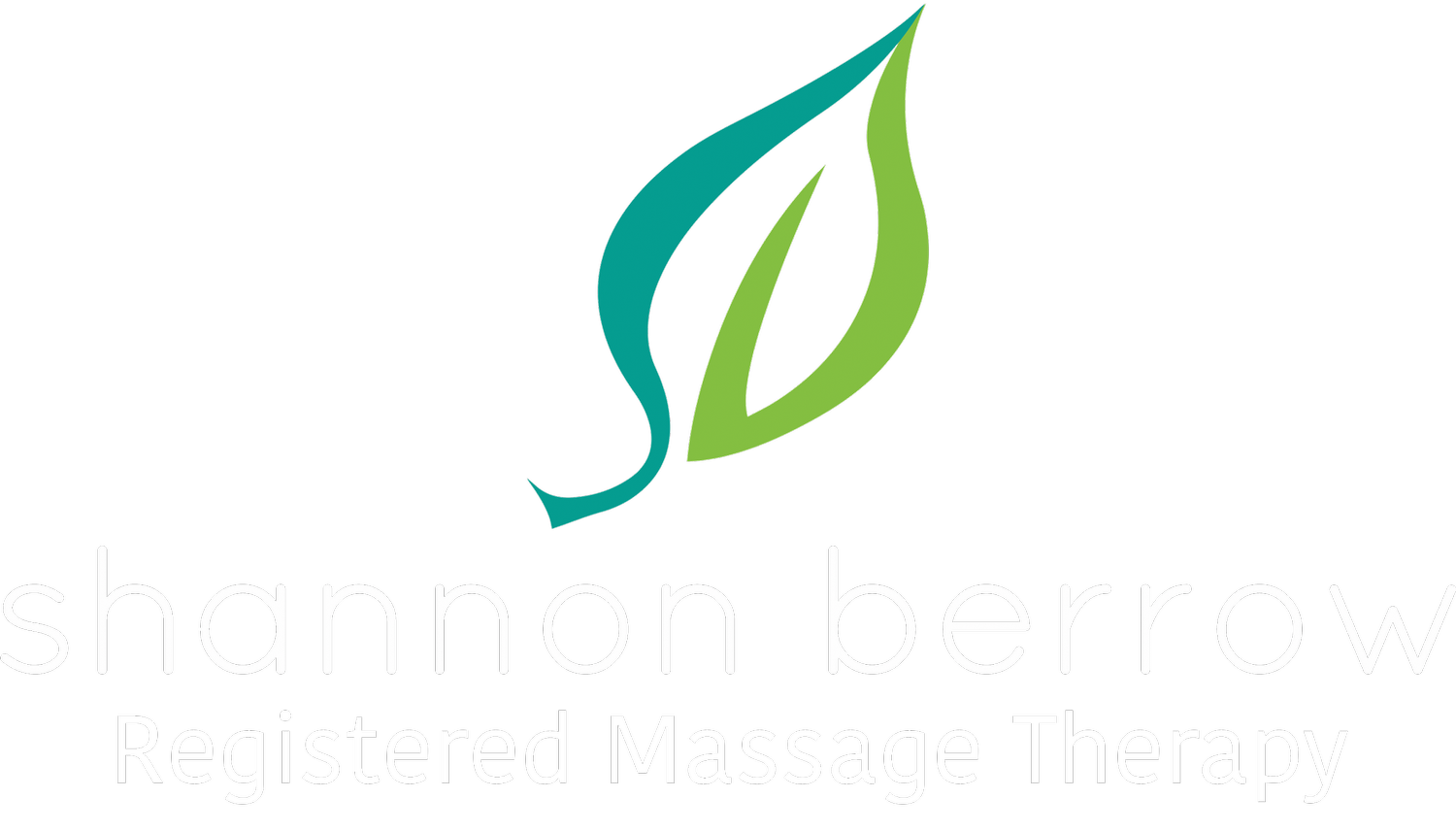
Frequently asked questions
What is Mashing?
Mashing (Thai-MASHiatsu) is a technique of the Ki-HaraⓇ Method of Resistance Stretching. It is a combination of Thai Yoga massage and foot Shiatsu. The technique is performed on a mat on the floor, with the patient clothed and the therapist applying pressure to the body with their feet.
How is Mashing different from regular massage therapy?
It is a clothed treatment
It is performed primarily with the therapist’s feet rather than hands, elbows or forearms
It is comprised of mainly compressive techniques (as opposed to “Swedish” massage which is mainly gliding techniques)
What are the benefits of Mashing?
Increased blood flow
Release adhesions or “knots”
Increased mobility / increased range of motion in joints
Ability to stretch muscles safely
Warms muscles to prepare for exercise or activity
Helps flush toxins from muscles
Aids in muscle recovery
Relaxation → parasympathetic nervous system response into “rest & digest” mode
What do I wear to a Mashing treatment?
Comfortable clothing, for example yoga or exercise wear. Socks are recommended for warmth.
What can I expect my session to look like?
If it is your first time seeing Shannon, you will fill out an intake form including personal info and your health history, to ensure safe treatment and to answer key questions regarding your condition. Your goals of treatment will be discussed, and some form of assessment will be performed to determine additional information that will lead the treatment.
Once the intake and assessment are complete, Shannon will review her suggested treatment plan including areas to be treated, and ask for your approval on this plan before explaining how to get on the table and leaving the room for you to do so.
Questions are encouraged before, during and after your session - never be afraid to ask a question related to your treatment. You should always feel comfortable with the pressure, temperature and areas exposed by the sheets during your treatment. Shannon will check in regarding pressure intermittently. Only one area of your body will be undraped at a time and Shannon will work within your comfort level.
Before your session ends, you will be provided with self care recommendations to assist in your continued healing/rehabilitation.
Does massage therapy hurt?
It is true that some massage therapy approaches can be painful, but it is always within the patient’s control to dictate how their session unfolds. Tolerance level to pressure as well as preferences of each individual patient are considered first and foremost. “No pain no gain” is a popular misconception when it comes to deep tissue or sports massage and is not necessarily true or safe in all situations. It is important to note that the nervous system does not always benefit from this approach.
What do I need to know for after my treatment?
Drink lots of water for the remainder of the day after your treatment. You may feel tired immediately post-treatment. Depending on techniques used during treatment and your body’s unique response to those, you may experience some muscle soreness in the areas treated for 24-48 hours after your massage. You can take a warm Epsom salt bath or use a heating pad after your treatment to help ease any potential soreness.
